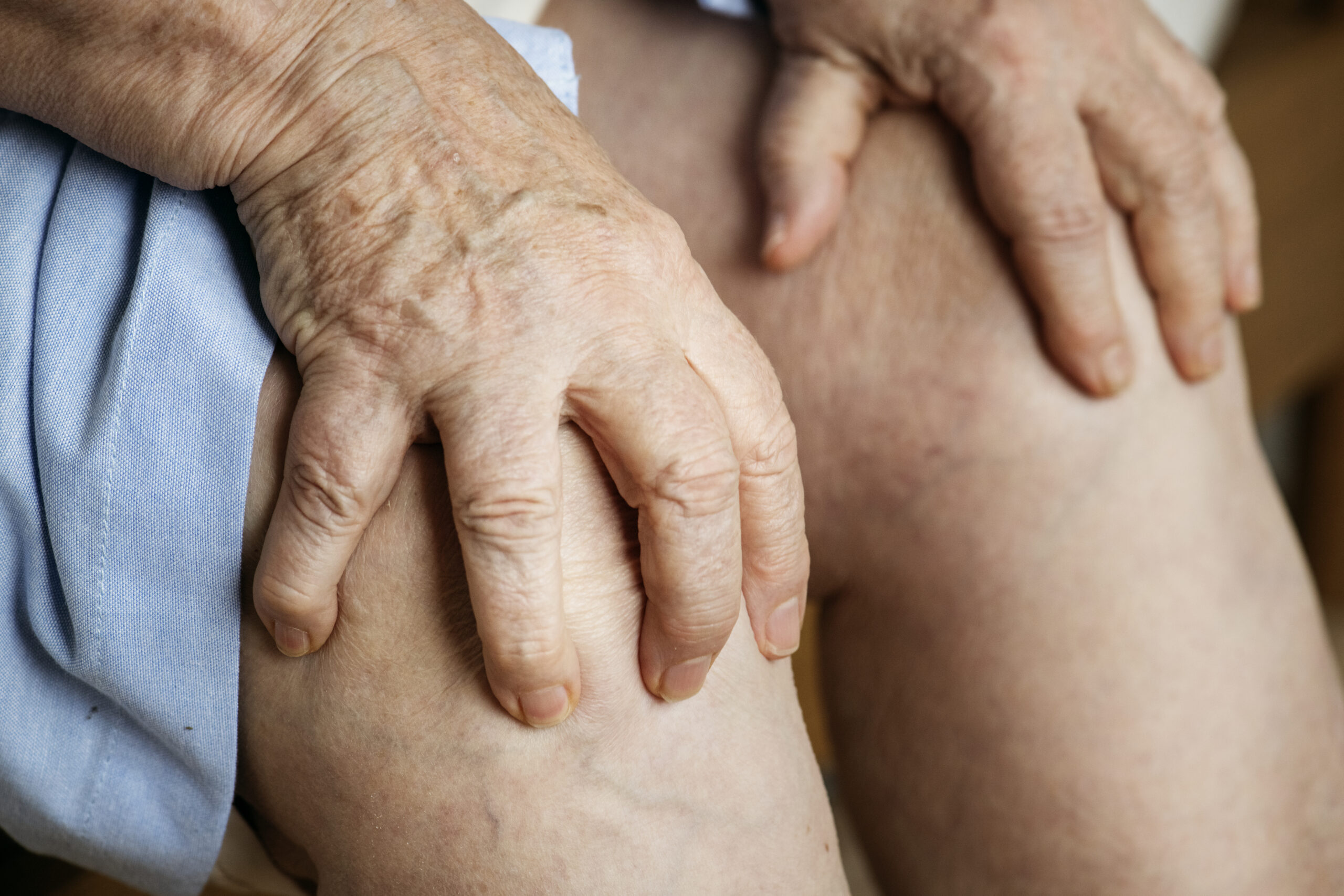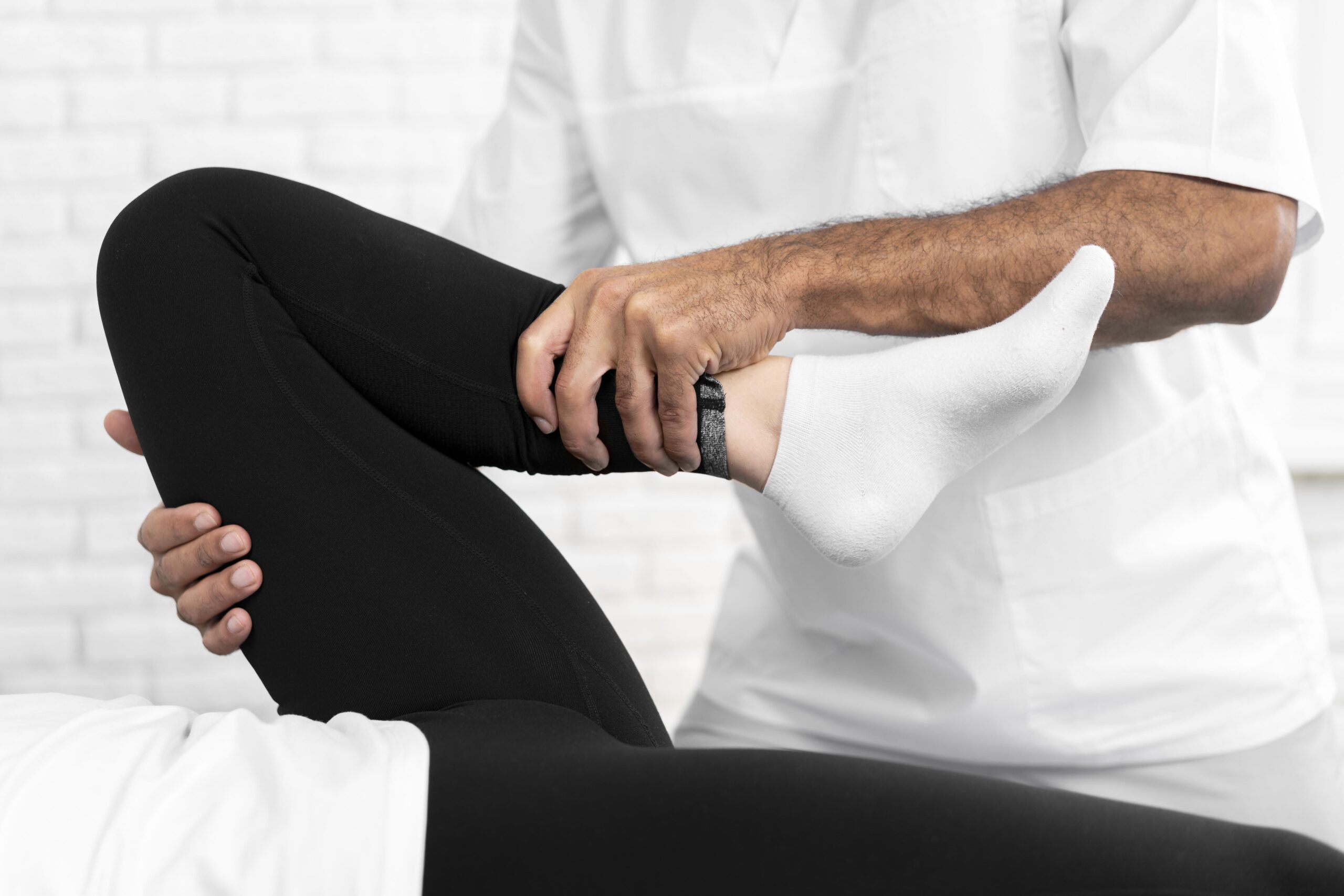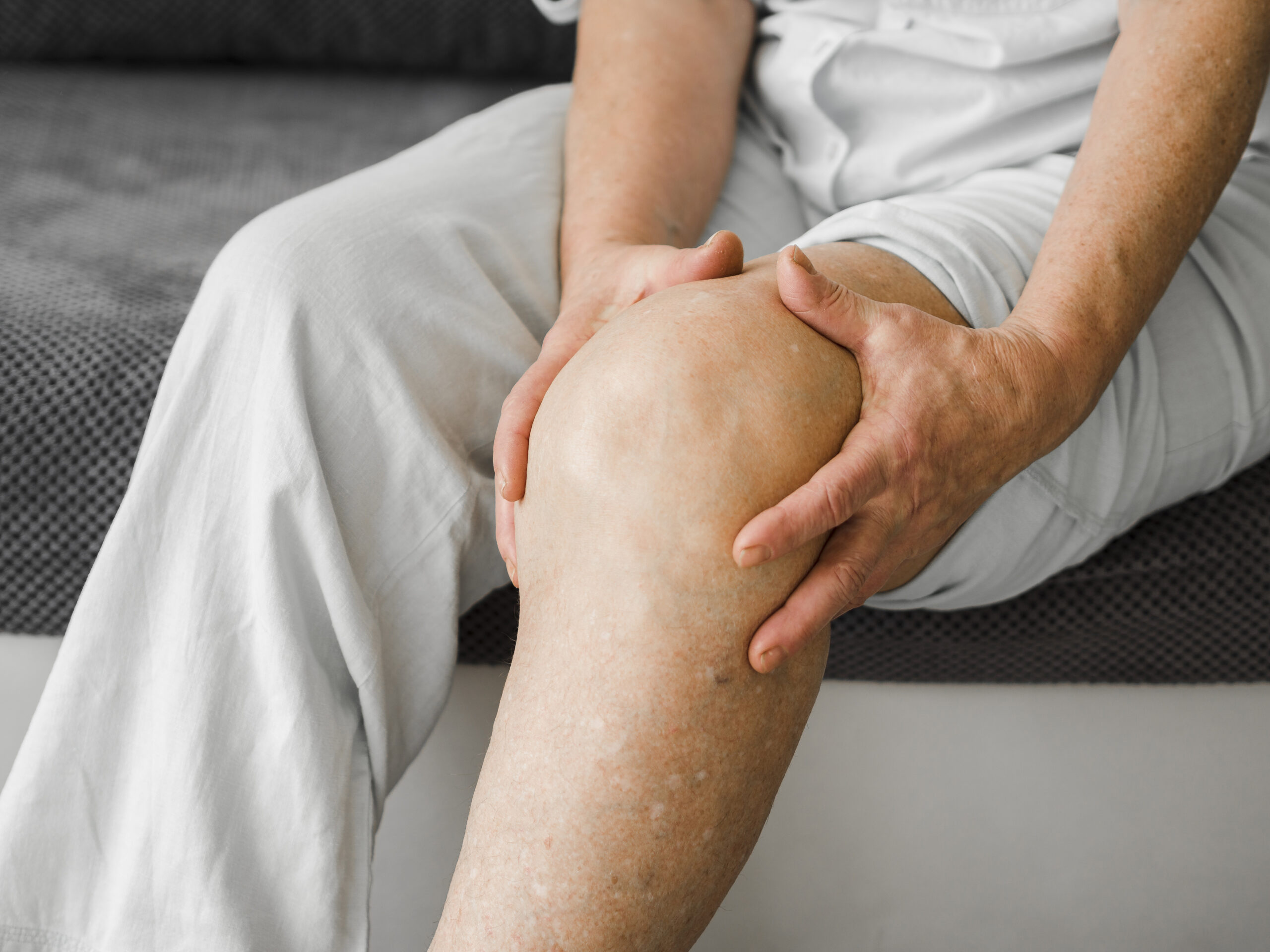Symptoms of Osteoarthritis
1. Pain

Pain is a common symptom of osteoarthritis. The pain typically occurs in the affected joint and can range from mild to severe, depending on the damage to the joint.
Osteoarthritis pain is often described as a deep, aching pain in the affected joint, which may be worsened by activity or by weight-bearing activities. The pain may also be accompanied by stiffness, particularly in the morning or after sitting for long periods of time.
In advanced cases of osteoarthritis, the pain can become chronic and can interfere with daily activities and quality of life.
2. Swelling

Swelling is also a common symptom of osteoarthritis. The swelling occurs in the affected joint and can be caused by the accumulation of fluid in the joint, resulting in increased pressure and discomfort. The affected joint may appear swollen and puffy. In addition to the swelling, other symptoms of osteoarthritis, such as pain and limited range of motion, may also be present.
3. Stiffness

Stiffness is another symptom of osteoarthritis. The stiffness typically occurs in the affected joint and can last for varying periods of time, ranging from a few minutes in the morning to all day. Stiffness occurs due to the loss of cartilage in the joint, which leads to bone-on-bone contact and inflammation.
When the joint is stiff, it may be difficult to move it through its full range of motion. This can lead to decreased movement, increased stiffness, and further loss of range of motion.
4. Limited range of motion

Limited range of motion is a common symptom of osteoarthritis. It refers to the restriction in the ability to move a joint through its normal range of motion. This can be caused by pain, stiffness, or the progressive deterioration of the cartilage in the affected joint.
Limited range of motion in the affected joint can make it difficult to perform everyday tasks, such as climbing stairs or reaching for objects. It can also cause pain and discomfort and can increase the risk of falls and other accidents.
5. Decreased ability to perform daily activities

Decreased ability to perform daily activities is also one of the common symptoms of osteoarthritis. It refers to the difficulty in carrying out routine tasks, such as climbing stairs, reaching for objects, or performing household activities, due to joint pain and stiffness.
As osteoarthritis progresses, the degeneration of the cartilage in the affected joint can make it increasingly difficult to move the joint through its full range of motion. This can lead to pain, discomfort, and a reduced ability to perform daily activities.
6. Changes in the appearance of the joint

In some cases, osteoarthritis can cause visible changes in the affected joint. For example, the joint may appear larger or have a bony bump or bony growths, known as osteophytes, to develop around the affected joint. These growths can cause the joint to appear larger or feel more rigid.
Additionally, Osteoarthritis can cause the joint to become misaligned, which can affect its appearance. For example, if the knee joint is affected by osteoarthritis, it may appear slightly bent or twisted.
7. Loss of Muscle Bulk

Osteoarthritis can cause loss of muscle bulk, also known as muscle atrophy, in the affected joint. The pain and stiffness associated with osteoarthritis can cause individuals to limit their physical activity, which can lead to muscle weakness and atrophy over time.
Additionally, the inflammation associated with osteoarthritis can cause muscle breakdown and loss of muscle mass. This can be particularly problematic for individuals who are already experiencing age-related muscle loss.
Relevant Resource : Hairline Fracture

